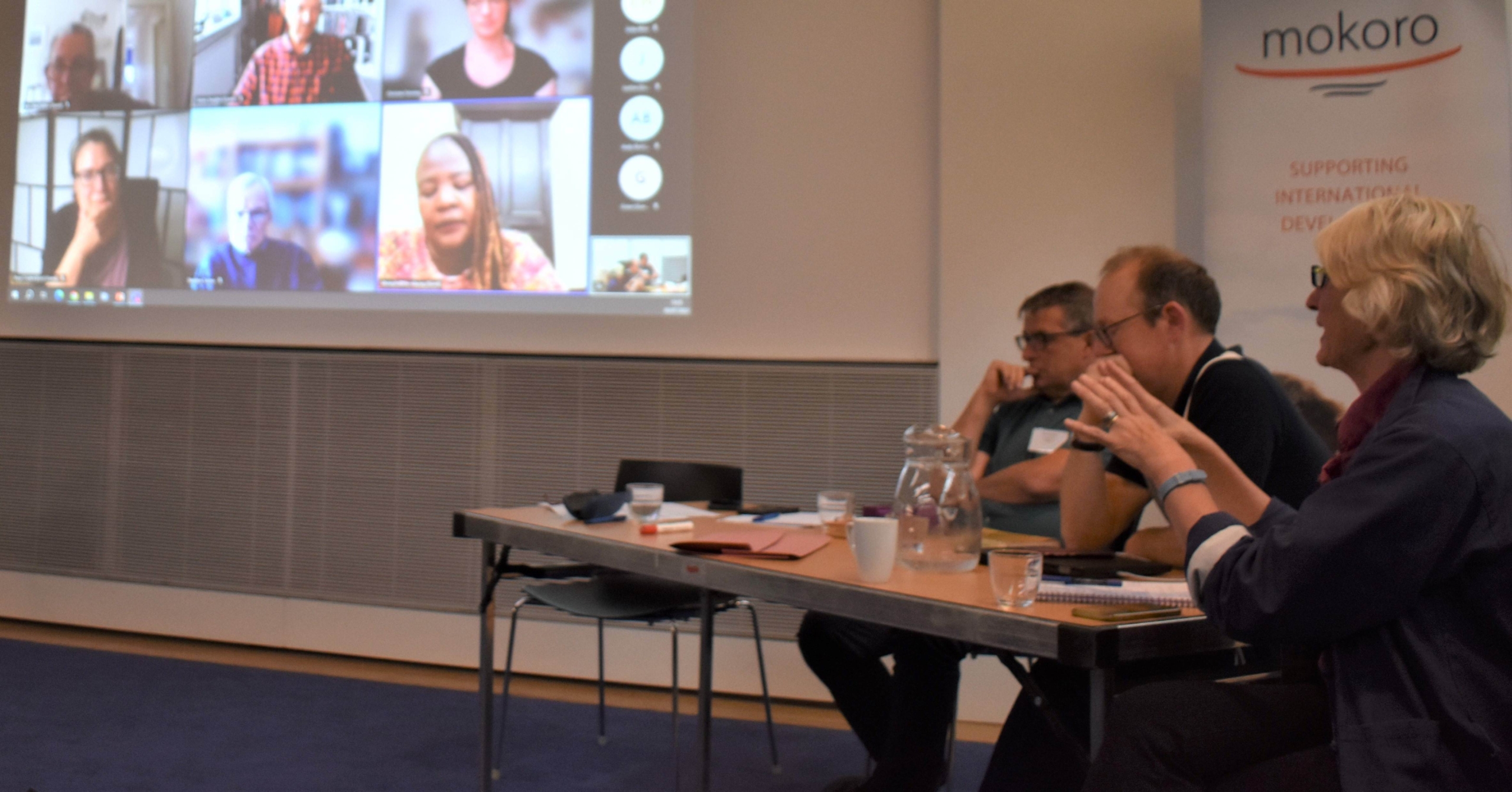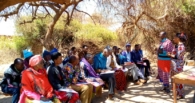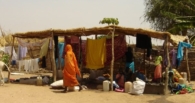A Grim World for Land and Environmental Defenders
Robin Palmer
31 July 2017
/
- 1 Comments
Back in 2002 my Oxfam colleague Thalia Kidder, a Latin America specialist, arranged for me to visit organizations working on land rights in Honduras and Guatemala en route to an Oxfam conference in Haiti. I have never forgotten that visit. The worst that could happen to the land activists I then worked with in parts of Africa was imprisonment; in Honduras and Guatemala their equivalents stood a pretty good chance of being killed. I wrote at the time:
It is obvious, but still bears saying, that it takes great courage to stand up on land issues in such a highly polarised and violent environment. There were several mentions of martyrs to the cause, and 8 people have been killed in Guatemala this year…people had little or no faith at all in the law…there is no serious alternative to political struggle to achieve rights which are so fiercely resisted at so many levels.
I was very forcibly reminded of that 2002 visit when on 11 July this year I went to the Frontline Club (a journalists’ club) near Paddington for an event which involved the showing of a film about Honduras called Worth Dying For? This was followed by a discussion and a Q&A session all based on the special investigation by Thomson Reuters Foundation in 8 countries, (Honduras, Brazil, Ethiopia, Kenya, Russia, India, Bangladesh and Cambodia), of the violent phenomenon it calls The Politics of Death.
The film was short, just 25 minutes, and had a single focus – the assassination of the activist Berta Cáceres in Honduras in March 2016 and the responses of her family and others to that assassination. It was extremely powerful. Honduras is one of the most dangerous places on earth for activists according to Global Witness in its new report, Defenders of the Earth. Global killings of land and environmental defenders in 2016. This report said that at least 200 defenders were killed in 2016, the highest number on record, spread across 24 countries. ‘With many killings unreported, and even less investigated, it is likely that the true number is actually far higher…This tide of violence is driven by an intensifying fight for land and natural resources, as mining, logging, hydro-electric and agricultural companies trample on people and the environment in their pursuit of profit.’ (p.6).
There followed a good panel discussion involving Erin Kilbride (Front Line Defenders), Bobby Bannerjee (Cass Business School), Joe Avapura Moses (a community leader exiled from Papua New Guinea), and Ana Zbona (Business and Human Rights Resource Centre). This very much reinforced what we had just seen. One person per week had been killed in Brazil for the past 15 years, almost all preceded by threats and legal harassment. How do states such as India get away with it? Corporate social responsibility (CSR) was being done very badly. There was always an assumption that the project would go ahead. In Papua New Guinea they won a case in the Supreme Court and tried to get compensation, but to no avail. Business and Human Rights Resource Centre has looked at 7,000 companies tracking what they’re doing on human rights. Companies do care about their brand and image but are in a much stronger position than communities in being able to argue their case. Civil society is frequently very weak. The media is often co-opted. Biofuels and palm oil are critical. Many powerful people have immunity. India has more NGOs than hospital beds!
There followed a Q&A session. I was the first to rise to my feet. I introduced myself and said ‘I’ve been a land activist for over 50 years, first as an academic in Southern Africa, then with Oxfam, now with Mokoro. This has been a very impressive event. I’m genuinely surprised to find that this room is absolutely packed (maybe a couple of hundred people) and absolutely delighted to see that the majority of you are young.’ Then I mentioned the Land Rights in Africa website, which I had started in 2000 and this week, I proclaimed, we had just posted item 1,000 on that site. This drew a round of applause! That was about the most cheerful moment of the evening.
All in all, a great deal to ponder.
Image by Nan Palmero
You must be logged in to post a comment.




Well done Robin for all the work you have done and the support you have given over the years to others.